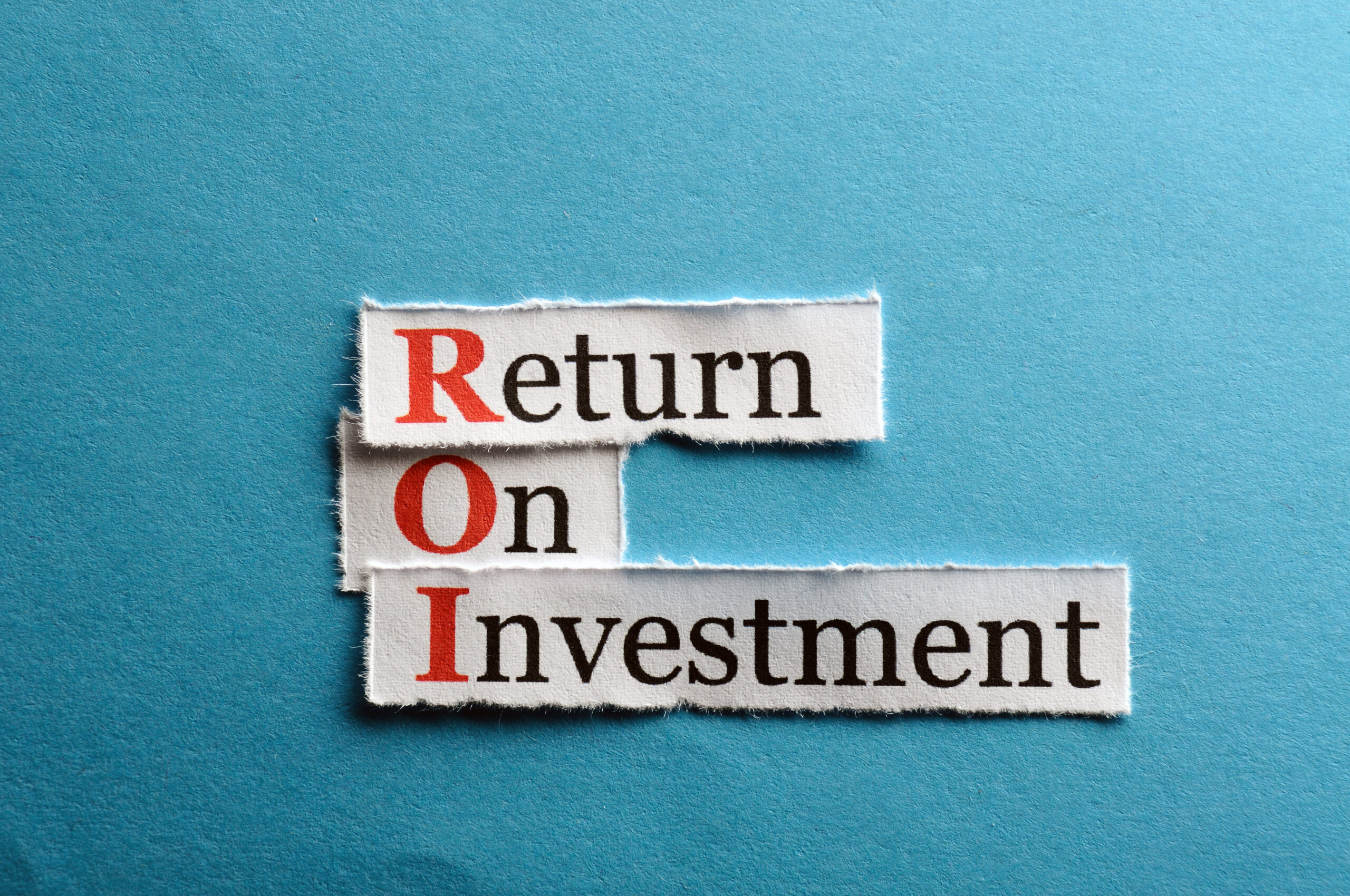Conor Gilligan concludes his interview with measurement expert Kevin Yates.
Reading time: 6m 30s.
Do you think we are fulfilling our purpose in L&D?
I believe learning and development fulfills its highest purpose when it helps people use their performance in a way that helps them and the organisations they serve win. I see L&D teams doing amazing work and building training and learning solutions that measurably impact performance, behaviour and goals.
I also see L&D teams stuck in traditional mindsets about their purpose and their work so they see training as the end-product rather than seeing their work as solutions that measurably impact behaviour, performance and goals.
Changing our mindset helps us fulfill our purpose. I challenge L&D professionals to ask three questions:
- ‘Am I an instructional designer who creates ‘training’ or, am I creating solutions that help people use their performance in a way that measurably influences their performance and capability?’
- ‘Am I a trainer or am I a facilitator of learning experiences that measurably impact people’s skills, behaviours, and actions?’
- ‘Is training the ‘thing’ we deliver or are we creating learning and training solutions aligned to organisational goals and business strategy?’
When we change our mindset about who we are and what we do, we’ll fulfill our highest purpose.
What would be your practical advice to the L&D community?
My advice is connected to your previous question about fulfilling our purpose. We have to change our mindset. Changing our mindset changes our focus, how we work and what we produce. Our end-goal isn’t training. It’s impact and we can measure that.
I believe our mindset should be that our training and learning solutions produce learning outcomes that drive measurable performance impact.
When I think about measuring the impact of training and learning, measurement is not the first thing on my mind. And neither is training. So my advice is to think about organisation goals and the performance requirements to achieve those goals first and foremost before you think about training and before you think about measuring.
I encourage L&D to ask three questions to get connected to business goals and performance-focused solutions:
- What’s happening in the organisation/business?
- What is the strategy to address what’s happening or what is the goal?
- What are the performance requirements to execute the strategy or achieve the goal?
These questions and the shift in mindset for where to focus first will get your training and learning solutions aligned to what the organisation is trying to achieve and inform decisions for designing training and learning solutions with measurable performance outcomes. My advice is to think about organisation/business goals before you think about anything else.
Could you provide an example of how you’ve had success with this shift in mindset?
That’s a great question and I’m going to ‘flip the script’ by sharing a personal experience that happened before my mindset shifted. I worked in an organisation once where I received an ‘order’ for training. The order was creating a training program for cross-selling solutions.
The business told me what they wanted and I fulfilled the order with no questions asked. Training was viewed as a fulfillment center and I was working with an ‘order-taker’ mindset.
Fast forward to a few months after training was delivered and nothing changed. Cross-selling didn’t increase sales. Training didn’t work. Or could it be that training wasn’t the solution?
If I had changed my mindset to be curious about what was driving the request for cross-selling training, I would have discovered that training was part of the solution but not the solution. Me being stuck in an ‘order-taker’ mindset blocked the opportunity to deliver a learning solution with measurable impact on performance.
Here’s what I discovered after the fact:The business structure was five individual groups who sold their own unique solutions. The goal was changing the go-to-market strategy where the business would be one organisation offering multiple solutions versus one organisation with multiple groups offering multiple solutions.
So why didn’t training work? The business had not changed its revenue recognition model. If you were in group A and sold solutions for group B, you would only get revenue recognition for the solutions you sold for group A. We could train till the cows came home but up until the point where revenue recognition model changed, cross-selling would fail and that’s something training could solve.
I missed an opportunity. If my mindset had been focused on discovering business goals, the business strategy and performance requirements to achieve those goals at the forefront before thinking about training, I could have saved the business thousands of dollars and hundreds of hours that came from delivering a training solution at the wrong time.
Training was part of the solution but it would have had an opportunity to impact performance if it was delivered after addressing the issue with the revenue recognition model.
My mindset has changed. I know now that if we’re going to deliver training and learning solutions with measurable impact on performance and business goals, we have to be clear about organisation goals, business strategy and performance requirements to achieve goals and execute strategy first. We can think about training later.
What you’re saying makes sense but is it really that easy?
That’s a fair question and no, it’s not that easy. I’ve been in L&D for twenty plus years and there’s some history and legacy around our mindset. The paradigm shift for thinking about organisation goals and performance impact first is not how we’ve operated.
I’m pushing the idea that we focus more on performance outcomes and less on learning objectives. I believe our mindset should be that our training and learning solutions produce learning outcomes that drive measurable performance impact. It’s a shift in thinking and working and that’s not easy.
Not only do we have to change our mindset, stakeholders and leaders in the business have to change their mindset about us as well. And to be fair, that’s not easy for them either. Like I said earlier, the view is that we are an order-taking fulfillment center and that influences how people engage with us.
I know what it’s like to get pushback when you’re trying to have a discovery-based discussion about organisation goals, business strategy and performance and are redirected to that order-taking role. I get it and I know it can be discouraging and difficult and I also know that difficult does not mean impossible.
So what do you when it gets difficult and feels impossible?
I keep at it and I look for opportunities to act on the change in mindset. Let’s be clear. There will be times where you have to ‘check the box’ to show that you ‘did training’. And there will be times where you can’t have that higher level conversation we’ve talked about. That’s the reality.
You can try to shift the conversation with something like, ‘I appreciate that you’ve given thought to the kind of training you believe will help with what you need. I welcome the opportunity for us to work together to ensure what you have in mind produces the kind of results you expect.
‘May I talk to you about the underlying drivers for the training you have in mind and performance outcomes to ensure our training and learning solutions are lined up for success?’.
Any last thoughts on changing our mindset for greater impact?
I don’t want to give the impression that I’ve figured it all out. I’ve had success and I’ve had failures. What I am absolutely committed to is having a mindset that says training and learning can measurably impact people’s performance and organisation goals.
My mindset drives everything I do and I had to grow into it. It’s a paradigm shift for me and our profession. I encourage my brothers and sisters in the L&D community to embrace a mindset that says we are a profession that helps people use their performance in a way that helps them and the organisations they serve win.
I’m convinced that we can impact performance and goals.
You can read part one of this interview here.
About the author
Conor Gilligan is VP at Webanywhere



